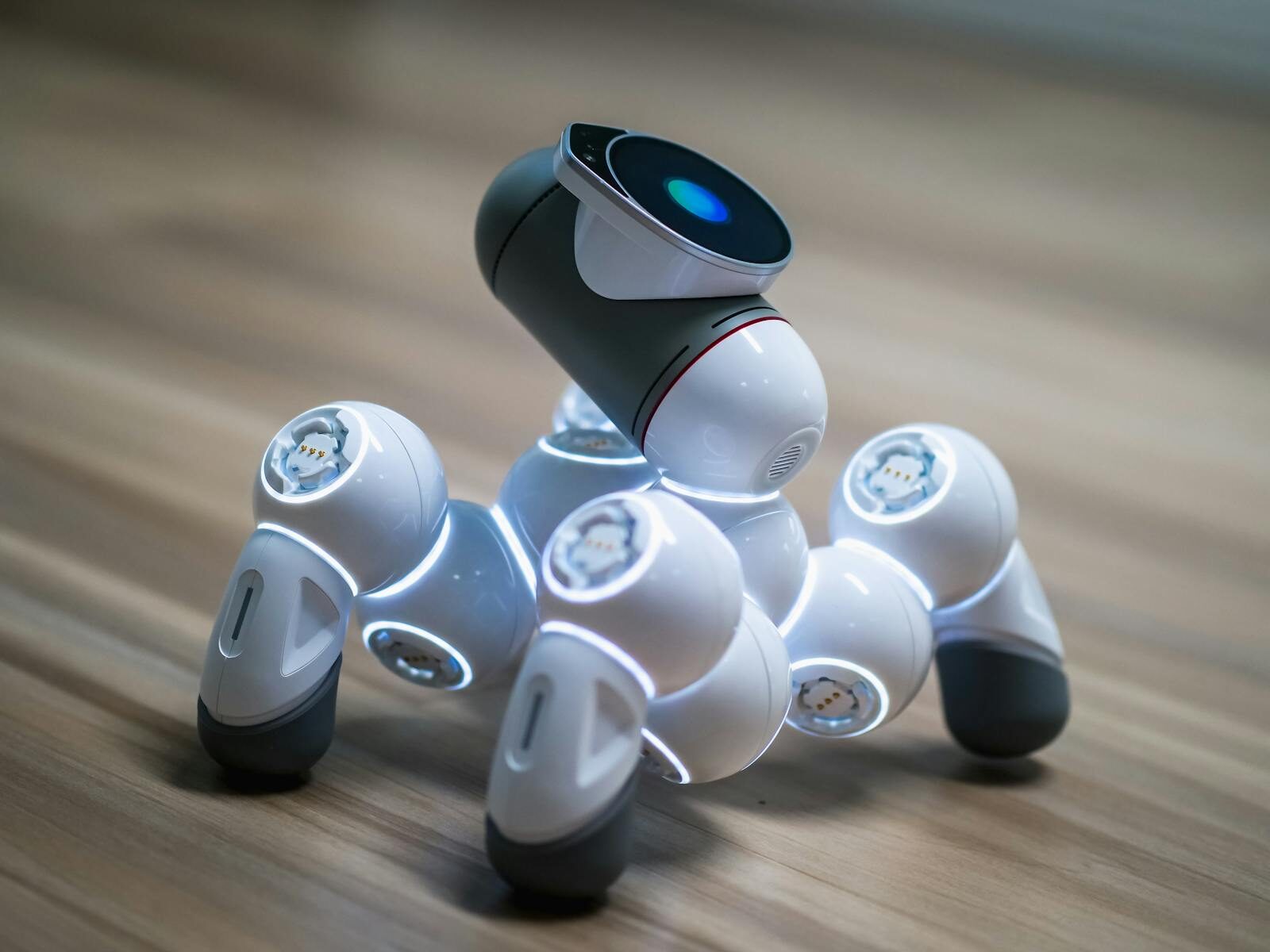Understanding the Role of Robotics in Science and Research
The rapid evolution of robotics has transformed numerous fields, particularly in science and research. This technology encompasses automated systems equipped with advanced sensors, data analysis capabilities, and artificial intelligence (AI) devices that enhance research methodologies. Robotics in science and research has become indispensable for tech enthusiasts and robot hobbyists, who can leverage these innovations to push the boundaries of traditional scientific exploration and data collection.
As automation takes a stronger foothold in laboratories and research environments, understanding robotics is no longer the domain of specialists alone. Tech fans and hobbyists find themselves increasingly drawn to smart gadgets that offer personal and professional solutions, whether for experiments in their home lab or engaging in collaborative research projects at educational institutions. The exciting prospects of robotics provide not just functional benefits, but also fuel creativity and innovation in scientific inquiry.
Types and Examples of Robotics in Science and Research
Robotics in science and research can be broadly categorized based on their applications and the environments they are designed to operate within. Here are some notable types:
Laboratory Robots
Laboratory robots automate tasks such as sample handling, data analysis, and repetitive experimental procedures. For instance, liquid handling robots significantly speed up experiment setups by precisely transferring liquids across multiple test tubes, saving researchers countless hours. Popular models include the Hamilton Microlab and the Tecan EVO.
Remote Operated Vehicles (ROVs)
In the field of oceanography and environmental science, ROVs equipped with cameras and sensors allow researchers to explore underwater ecosystems without the need for human divers. The Deepworker and the MARUM-Quest are two examples that have contributed immensely to marine research and have been crucial in studying climate change effects on aquatic habitats.
Robotic Arms
Robotic arms have made significant inroads into research laboratories, particularly in fields requiring precision, like pharmaceuticals and biotechnology. Brands such as UR (Universal Robots) produce user-friendly tech that allows even non-experts to program tasks, making it accessible for various research applications.
Usage Tips and Common Mistakes
Embracing robotics in science and research opens up various learning opportunities but can also present unique challenges. Here are some tips and common mistakes to avoid:
Tip: Understand the Device’s Capabilities
Before deploying any robotic system, take the time to familiarize yourself with its capabilities. Read the manufacturer’s guidelines and best practices to maximize its effectiveness. This applies to everything from selecting the right robot for your specific task to understanding its limitations.
Common Mistake: Underestimating Calibration Needs
Calibration is vital for robotic devices, especially in precision-focused environments such as laboratories. Skipping this step can lead to significant discrepancies in data collection and result in compromised research findings. Always ensure your robotics are calibrated to industry standards before initiating any experiments.
Applications of Robotics in Everyday Use
The integration of robotics in everyday environments offers numerous advantages, both in professional and personal settings. Tech enthusiasts can explore various applications in their homes, workplaces, and hobbies.
Home Automation
Robotic vacuum cleaners, like the Roomba, exemplify how smart gadgets can optimize household chores, giving people more time to engage in hobbies or family activities. Moreover, home gardening automation kits that utilize robotics help simplify plant care, making it accessible to those without a green thumb.
Educational Tools
In educational settings, robotic kits such as LEGO Mindstorms or VEX Robotics foster interest in STEM (science, technology, engineering, and mathematics). By allowing students to build and program robots, these kits encourage problem-solving skills and innovative thinking.
Research Collaboration
For researchers, incorporating robotics can enhance collaborations between institutions. By utilizing remote-controlled drones, researchers can easily share data or findings from field studies, improving the speed and quality of scientific research.
The Benefits of Robotics in Science and Research
The implementation of robotics in scientific research yields several significant benefits:
Efficiency and Productivity
One of the most immediate advantages of robotics is the efficiency gained in both time and resources. Automated machines can conduct repetitive tasks swiftly, allowing human researchers to concentrate on analysis and creative problem-solving rather than mundane activities.
Innovation through Automation
Robotics encourages innovation across various scientific disciplines. As automation facilitates complex data collection, researchers can focus on bigger questions, ultimately leading to breakthroughs in understanding and technology development.
Enhanced Entertainment and Education
For hobbyists, robotics add an entertaining dimension to learning. Building and programming robots stimulates curiosity and engagement. Many hobbyists enjoy participating in robotics competitions or workshops to refine their skills while networking with like-minded individuals.
Trends and Future Considerations in Robotics
The landscape of robotics continues to evolve, driven by advancements in AI devices and smart technology. Current trends include the integration of machine learning algorithms that enable robots to adapt to their environments or improve their performance based on prior experiences. Open-source robotics platforms are also gaining popularity, allowing hobbyists and educators to access customizable solutions tailored to their needs.
Looking ahead, the future promises even greater advancements in autonomy and smart automation, providing exciting possibilities for tech enthusiasts. Researchers can anticipate improvements in robot-human collaborations, with advancements in telepresence technology offering real-time interaction across vast distances, enabling groundbreaking collaborative research.
The harnessing of robotics in science and research is not just a chapter of the past, but an exciting journey into the future.
Exploring this area can lead to impactful discoveries, innovative methodologies, and enjoyable personal projects. Whether you’re a professional researcher, a hobbyist, or just someone curious about the advancements in smart gadgets, the realm of robotics in science and research is yours to discover.
If you are eager to learn more or enhance your experience with Robotics in Science and Research, dive into more blogs, guides, or tech products available at GadgetRobots.com. Embrace the robotics revolution, and let your curiosity guide you towards innovative solutions and new adventures!

